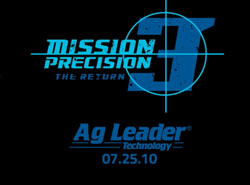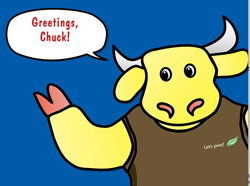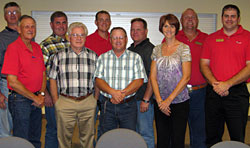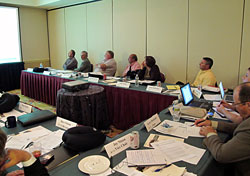 The folks at Commodity Update have found that SMS text messaging has really gained ground among farmers and agribusiness. To prove it they had Millennium Research conduct a survey of farmers and found some very interesting information. I think this information should help agrimarketers feel comfortable about investing more in mobile, personal and direct forms of communication with members and customers!
The folks at Commodity Update have found that SMS text messaging has really gained ground among farmers and agribusiness. To prove it they had Millennium Research conduct a survey of farmers and found some very interesting information. I think this information should help agrimarketers feel comfortable about investing more in mobile, personal and direct forms of communication with members and customers!
“Mobile is the fastest-growing segment of the marketing mix, and now agricultural companies are leveraging this direct channel to build relationships with top customers,” says Joel Jaeger, president and founder of CommodityUPDATE, the leading provider of agricultural information to mobile phones.
Jaeger and his two brothers created the concept that became CommodityUPDATE in 2006 to gain access to market information in the field. The brothers, who run farming operations in Colorado and Belize, soon realized a need for the offering beyond their own operations. They began cultivating a new mobile communications channel that would engage farmers like no other. Today, producers receive CommodityUPDATE primarily through sponsored subscriptions. Companies leverage the channel to send supplemental messages, such as agronomic alerts, to growers.
Growers place unparalleled value on those CommodityUPDATE messages, according to survey data recently compiled by Millennium Research, Inc. in Minneapolis:
• 91 percent of farmers indicated the information they receive is important or very important; roughly the same suggested they would recommend the service to another farmer
• 80 percent correctly recalled the company that sponsors the CommodityUPDATE subscription, on an unaided basis
• 65 percent felt “more connected” to the sponsoring company Read More
 We’re getting closer to the Ag Media Summit and the invites are coming in fast and furious. My favorite so far has to be from Ag Leader Technology (sponsor of Precision Pays).
We’re getting closer to the Ag Media Summit and the invites are coming in fast and furious. My favorite so far has to be from Ag Leader Technology (sponsor of Precision Pays).

 Long-time Farm Broadcaster Lyle Romine of Fargo died this morning of cancer. He was 59 years old.
Long-time Farm Broadcaster Lyle Romine of Fargo died this morning of cancer. He was 59 years old. The folks at
The folks at 




